Tambasasayama, a town full of history and tradition
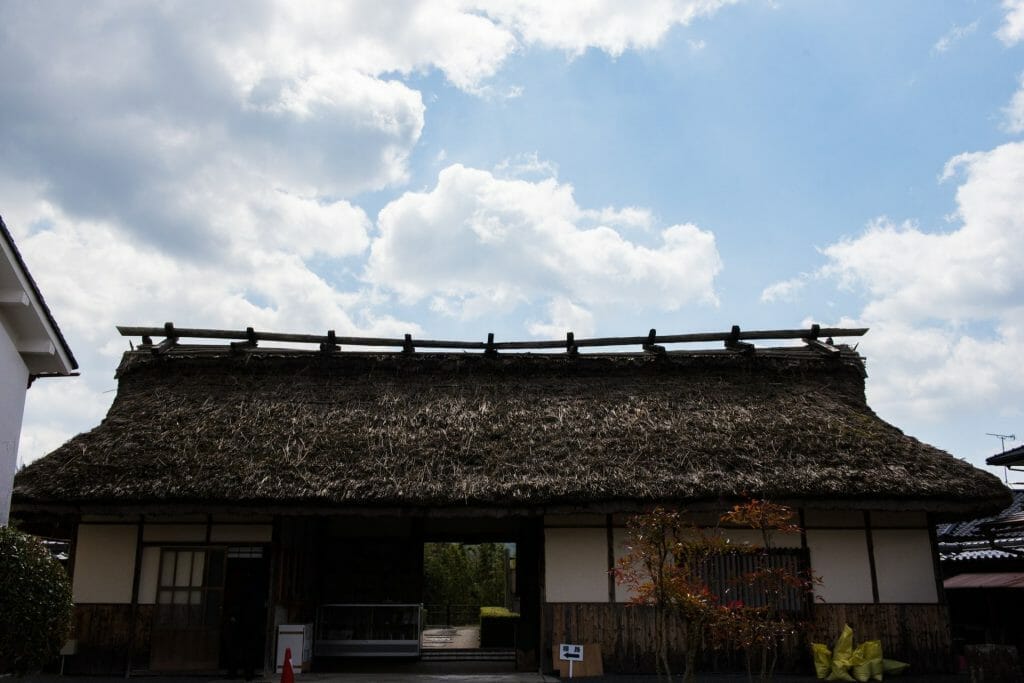
Sasayama Castle is located in the center of Tambasasayama City. The magnificent stone wall still remains intact today just as it was at the time of its construction, the town center spreading around it. The townscape and culture of Tambasasayama strongly reflect the influence of Kyoto. If you walk around the town, you would undoubtedly discover a townscape similar to Kyoto here and there.
History and tradition around the castle town
Four cultural facilities in Tambasasayama
There are four cultural facilities in the castle town. These have become regular sightseeing spots, so if you are interested in history, please come visit us.
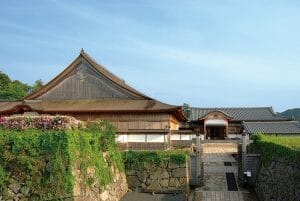
Address: 2-3 Kitashinmachi, Tambasasayama City, Hyogo Prefecture
Hours: 9: 00 to 17: 00
Closed on Mondays and over the New Year holiday(December 25 to January 1).
However, if Monday is a holiday, the facility is open on Monday and closed the next day instead.
Sasayama Castle Oshoin, which is the core of Sasayama Castle, burned down in 1944, but was rebuilt in 2000.

The Historical Area of the Aoyama Clan and Dekansho museum
Address: 48 Kitashinmachi, Tambasasayama City, Hyogo Prefecture
This museum is located in the villa of the Aoyama clan, who were the lords of the Sasayama Castle. The museum houses more than 1,200 woodblocks related to Chinese studies, which are rare in Japan, along with drawings for repairing the stone walls of Sasayama Castle, abbreviated records of feudal affairs, seals, and a fanciful scroll with mice depicted as people. Historical materials are exhibited to explain the historical culture from the Edo Period.

Tambasasayama City Historical Museum
Address: 53 Gofukumachi, Tambasasayama City, Hyogo Prefecture
Hours: 9:00 to 17:00
Closed on Mondays and over the New Year holiday(December 25 to January 1)
However, if Monday is a holiday, the facility is open on Monday and closed the next day instead.
The Sasayama Courthouse was originally built in 1870 and was converted to the Historical Art Museum in 1982. The building itself has historical value, and if you go inside, you can learn more about the history of Tambasasayama.
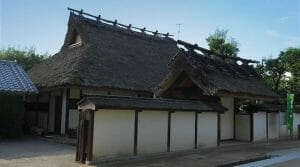
Anma Family Historical Museum (Tamba Sasayama Municipal Samurai Residence)
Address: 95 Nishishinmachi, Tambasasayama City, Hyogo Prefecture
This samurai residence was built after the first year of the Tenpo Era (1830). In 1994, it was renovated and opened to the public as a historical museum.
Sasayama Castle moat
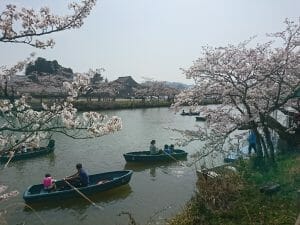
The moat that surrounds Sasayama Castle provides a view of the unique characteristics of the castle town. The scenery changes with the season and time of day. In the Kitahori, you can enjoy rowing a boat on the moat during the spring and summer.
Kawaramachi Tsumairi style merchant Houses street
To the east of the castle is the Kawaramachi area, which is nationally designated as an important traditional building preservation district. While the historic townscape is carefully preserved, there are an increasing number of new stores that have been made by renovating old folk houses, so you can enjoy dining and shopping while taking in the local history.
Dekansho Festival
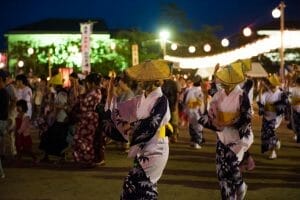
Address: 31 Kitashinmachi, Tambasasayama City, Hyogo Prefecture
The traditional Dekansho Festival of Tambasasayama is held on the 15 th and 16th of August every year at the Sannomaru Square in front of Sasayama Castle. Most years it is packed with visitors. Everyone joins in the dance, which is performed around a yagura (a high wooden stage) while loudly singing “Yoooi Yooi Dekansho.”
History and tradition away from the castle
In 2000, four towns merged to form the current Sasayama City, which covers an expansive area of land. You can experience the history and traditions of each region because even today they still retain their local characteristics from before the merger.
Taki Mountain Range
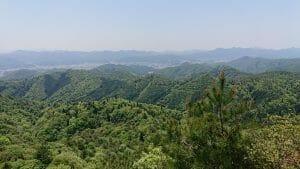
In Nishiki, the area from north to northeast of Tambasasayama City, there is the Taki Mountain Range (also called the Taki Alps) with Mt. Mitake as its main peak. From the Kamakura to Muromachi period, the area became famous as the location of the Tamba Training Dojo. Many visitors considered it to be a mountain of worship, and many temples were built there. However, in the 14th year of Bunmei (1482), the Dojo lost a power struggle with Yamato Shugendo, and it is believed that everything was burned down. If you climb the Taki Mountains, you can sense the remnants of its long history.
Shrines and temples
There are shrines and temples throughout Tambasasayama. Kasuga Shrine and Ojiyama Makekirai Inari Shrine are famous in the castle area, but also Daikokuji and Kozoji are famous for viewing autumn leaves.

Yakami Castle (Mt. Takashiro)
In the Yakami area, which is located on the west side of Tambasasayama a little removed from the main town area, is Mt. Takashiro. There you will find the remains of Yakami Castle, which was the base of Hideharu Hatano, who fought a drown out battle with Akechi Mitsuhide. In recent years, maintenance has been carried out and the mountain is now easier to access.
Home of Tamba ware, Konda Tachikui
Tamba ware
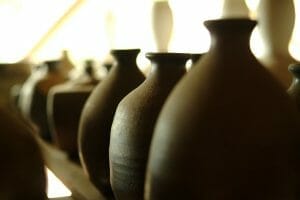 Address: 3 Kondacho Kamitachikui, Tambasasayama City, Hyogo Prefecture
Address: 3 Kondacho Kamitachikui, Tambasasayama City, Hyogo Prefecture
In the western part of Tambasasayama is the Konda area, which in the past prospered as a lodging area for travelers. There are also the many potteries that make Tamba ware, which boasts a history of more than 800 years. The Tamba ware kiln area is one of the six ancient kiln sites in Japan that are famous nationwide. They have been designated as Japan Heritage. Tamba ware has a splendid history. It was originally rooted in the lives of the inhabitants, and even today various designs can be seen depending on the kiln, which makes it all very attractive.
Fukusumi
In the eastern part of Tamba Sasayama is the Fukusumi area, an ancient lodging area on the road from Sasayama Castle to Kyoto. The area was nationally designated as an important traditional building preservation district in December 2012. It has been carefully preserved and still retains the strong sense of a lodging area.

